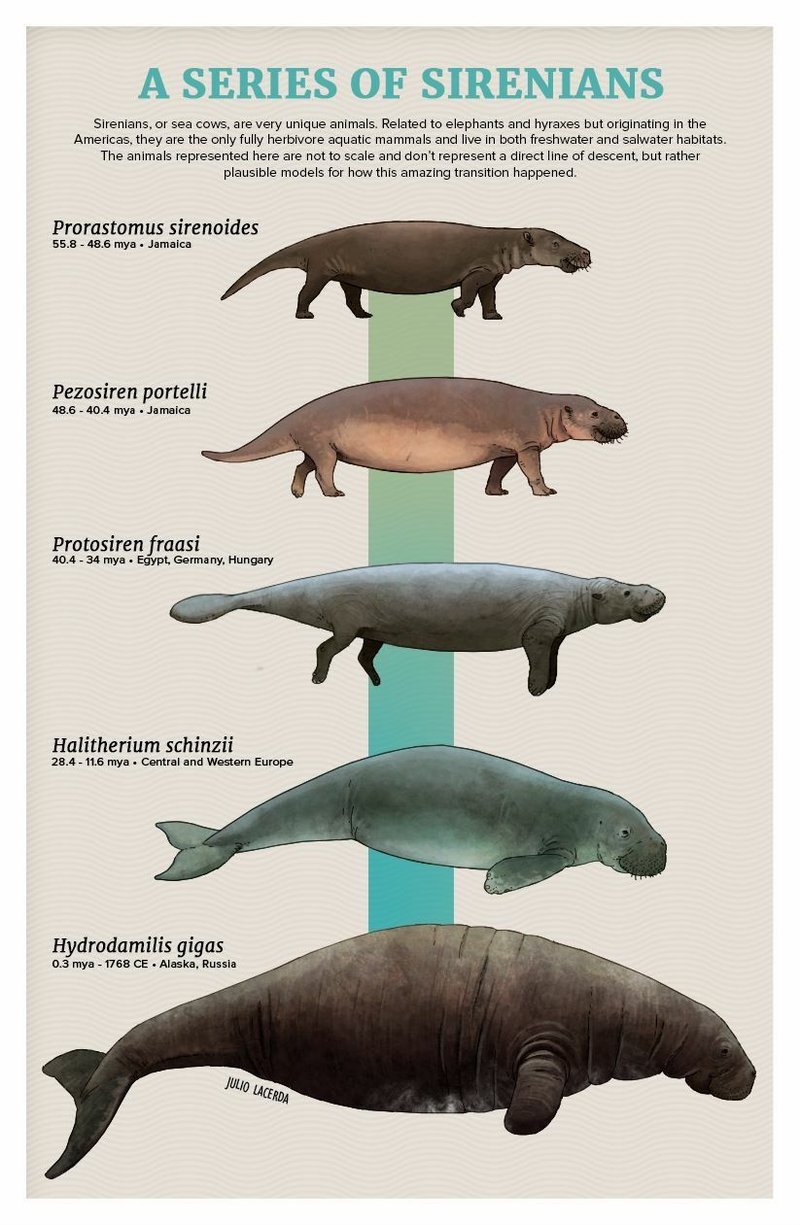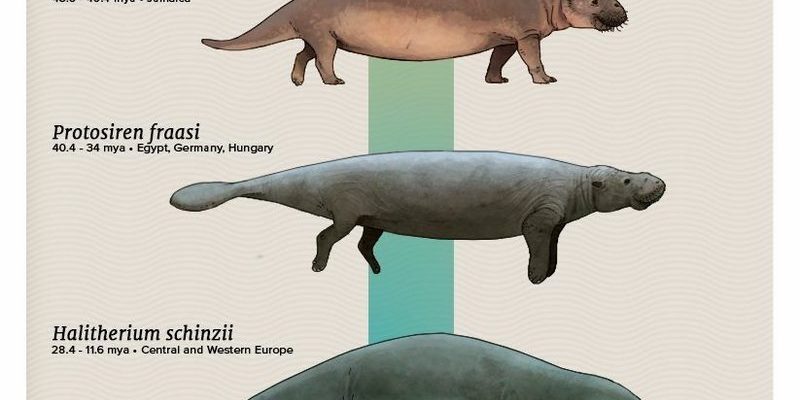
Imagine a family tree that starts deep in the oceans and stretches across millions of years. The story of the manatee isn’t just about a single species; it’s a tale of adaptation, survival, and change. So, pour yourself a cup of coffee, and let’s explore the evolutionary path of the manatee, uncovering insights about their ancestors, their unique adaptations, and the challenges they face today.
What Are Manatees?
First off, let’s clarify what manatees actually are. Manatees belong to the order Sirenia, which includes species like the dugong. There are three species of manatees: the West Indian manatee, the Amazon manatee, and the African manatee. These gentle aquatic mammals thrive in warm waters across the Americas, Africa, and parts of Asia.
These large creatures can grow up to 13 feet long and weigh around 1,300 pounds! However, they’re not just big; they’re unique in their anatomy. For example, their paddle-like flippers allow them to navigate through aquatic environments gracefully, and their flattened tails help propel them forward when swimming. But their real charm lies in their calm demeanor and social behavior. Manatees are often seen floating together, resting near the surface, or grazing on underwater vegetation.
Early Ancestors of Manatees
Let’s rewind the clock a bit. Manatees didn’t always live in water. Their ancestors were land-dwelling creatures called herbivorous mammals. Over 50 million years ago, something incredible happened. An ancient group known as protosirenids transitioned from land to water. Picture a hippo-sized creature slowly adapting to life in rivers and coastal areas.
These early ancestors needed to find food, shelter, and safety in a different environment. They underwent physical changes—their limbs turned into flippers, their bodies became more streamlined, and their nostrils migrated to the top of their heads, allowing them to breathe while mostly submerged. It’s like nature’s own version of a sci-fi transformation!
The Evolution of Manatee Adaptations
As we progress through the evolutionary timeline, manatees developed features that perfectly suit their aquatic lifestyles. For instance, their heavy bones act like ballast, helping them stay submerged without expending much energy. Their slow metabolism allows them to thrive on a diet consisting almost entirely of seagrass and other aquatic plants.
Another critical adaptation is their incredible hearing. While they have poor eyesight, manatees can detect sounds over long distances, which helps them communicate with one another and navigate their habitat. They communicate through a series of chirps, whistles, and squeaks. Can you imagine how social their underwater conversations must be?
Manatees and Their Ecosystem
Manatees play an essential role in their ecosystems. As grazers, they help maintain the health of seagrass beds. By eating the seagrass, they promote growth and prevent overgrowth that can choke these vital underwater plants. You might be wondering, why is this important? Healthy seagrass beds provide shelter for many marine species and help improve water clarity. It’s a delicate balance that underscores the manatee’s role as a “keystone species.”
In addition to being grazers, manatees also contribute to the health of coastal waters. Their movement through seagrass beds stirs up nutrients that are essential for fish and other wildlife. Just think of them as nature’s gentle gardeners, working to ensure a thriving aquatic environment.
Threats Facing Manatees Today
Unfortunately, manatees face numerous threats that have serious implications for their survival. Habitat loss is perhaps the most significant. As coastal areas are developed for human use, the seagrass beds manatees rely on often disappear. This loss of habitat can lead to food shortages and limited safe areas for breeding.
Another major threat is boat strikes. With their slow-moving nature and tendency to stay close to the surface, manatees are particularly vulnerable to collisions with boats. These accidents can cause serious injury or death. Conservation efforts have aimed to raise awareness and establish speed limits in manatee-populated waters, but challenges remain.
Additionally, climate change poses a growing risk. As ocean temperatures rise and weather patterns shift, the delicate ecosystems that support manatees may change, further impacting their habitat and food sources.
Conservation Efforts for Manatees
Fortunately, there’s hope for these gentle giants. Conservation organizations and government agencies are actively working to protect manatees and their habitats. Initiatives include designated conservation areas where boat traffic is limited and seagrass restoration projects to revive lost ecosystems.
Public education is key, too. By raising awareness about the threats facing manatees and encouraging responsible boating practices, more people can contribute to the protection of these amazing animals. When communities come together, they can make a real difference in conservation efforts.
What’s Next for Manatees?
Looking to the future, the path for manatees is not entirely clear. While conservation efforts have shown promising results, ongoing threats require vigilance and action. Scientists are continually researching manatee populations and their health to develop better strategies for protection.
It’s crucial for us to stay informed and involved. Whether through supporting conservation organizations, advocating for responsible policies, or simply spreading the word about manatees, every little bit helps. These gentle creatures deserve our respect and protection.
In conclusion, the evolutionary journey of the manatee is a remarkable story of adaptation and survival. From their land-dwelling ancestors to their role as vital marine residents today, manatees remind us of the interconnectedness of our ecosystems. By understanding their history and current challenges, we can all play a part in ensuring a future where these majestic mammals continue to thrive in our waters.

